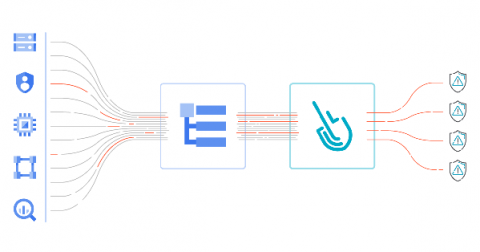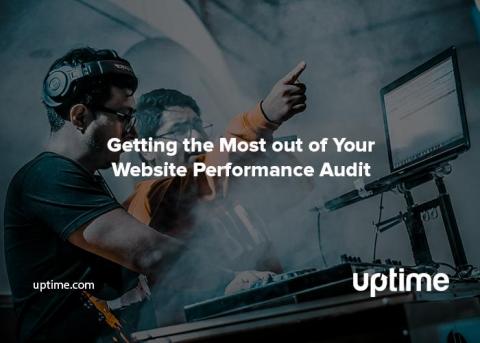Operations | Monitoring | ITSM | DevOps | Cloud
Audit
Detect suspicious activity in GCP using audit logs
GCP audit logs are a powerful tool that track everything happening in your cloud infrastructure. By analyzing them, you can detect and react to threats. Modern cloud applications are not just virtual machines, containers, binaries, and data. When you migrated to the cloud, you accelerated the development of your apps and increased operational efficiency. But you also started using new assets in the cloud that need securing.
Learn how to comply now before your next audit
Are you struggling to keep up with manual compliance across your infrastructure? In this 25-minute episode of the Pulling the Strings podcast, powered by Puppet, learn how Puppet Comply makes automating your configuration compliance easy -- with full view dashboards and the ability to assess, remediate and enforce all through the Puppet Enterprise solution. Listen in and discover:
Collect and monitor Microsoft 365 audit logs with Datadog
Microsoft 365 is a suite of cloud-based productivity and communication services that includes Microsoft Office applications (including OneNote and OneDrive) as well as other popular Microsoft tools like Skype and Teams. Microsoft 365 tools and services are at the core of many organizations’ data management and day-to-day workflows, so monitoring activity across your environment is key to making sure that these services remain secure and meet compliance standards.
Getting the Most out of Your Website Performance Audit
A website performance audit is a full analysis of your marketing, usability, and search ranking. Audits are no sunny afternoon picnic. For your team, the task may be equivalent to getting sound-blasted with unexpected microphone feedback. Like feedback, a positive gain loop between a microphone and a loudspeaker, building up your site’s SEO with content, keywords, and ads increases your visibility to your audience.
Upping the Auditing Game for Correlation Searches Within Enterprise Security - Part 1: The Basics
One question I get asked frequently is “how can I get deeper insight and audit correlation searches running inside my environment?” The first step in understanding our correlation searches, is creating a baseline of what is expected and identify what is currently enabled and running today. Content Management inside Splunk Enterprise Security is a quick way to filter on what is enabled (and it’s built into the UI and works out of the box).
Splunking Slack Audit Data
The Slack Audit Logs API is for monitoring the audit events happening in a Slack Enterprise Grid organization to ensure continued compliance, to safeguard against any inappropriate system access, and to allow the user to audit suspicious behavior within the enterprise. This essentially means it is an API to know who did what and when in the Slack Enterprise Grid account. We are excited to announce the Slack Add-on for Splunk, that targets this API as a brand new data source for Splunk.
Auditing and Reporting In Cloudsmith
What software assets does your organization use? What sounds like a simple question is anything but. If we include every package and dependency that ends up in the code we produce then for most development teams the truthful answer is ‘we don’t know’. As we’ve said enough times already, that really isn’t good enough anymore. And that’s one of the core motivations behind Cloudsmith.










